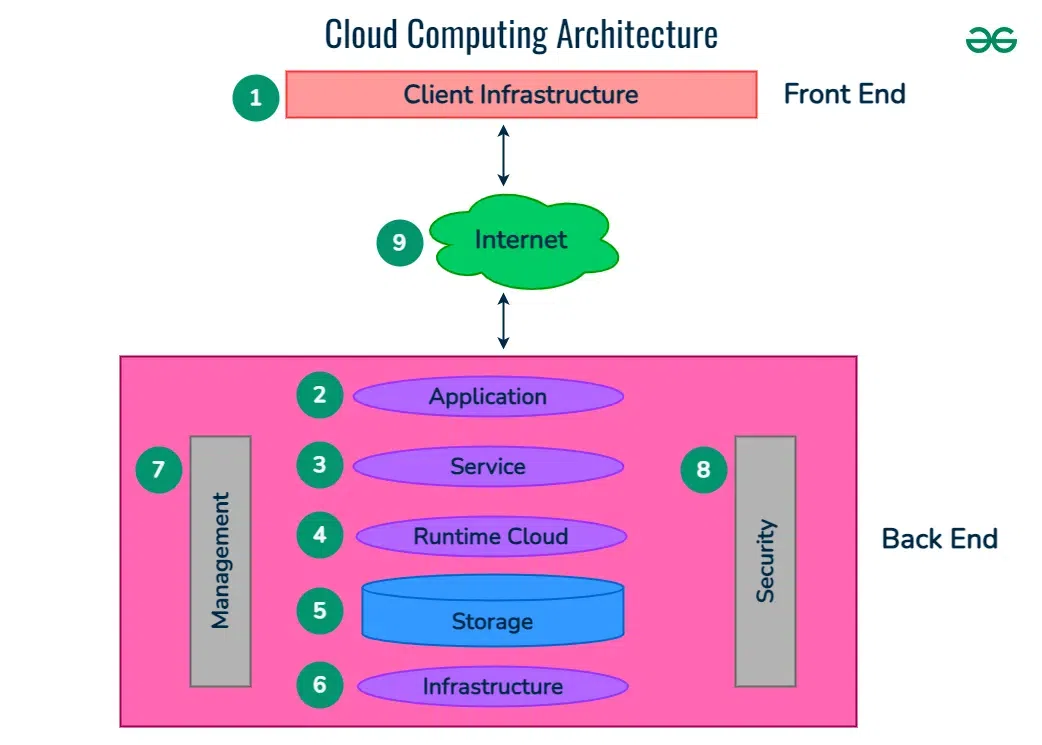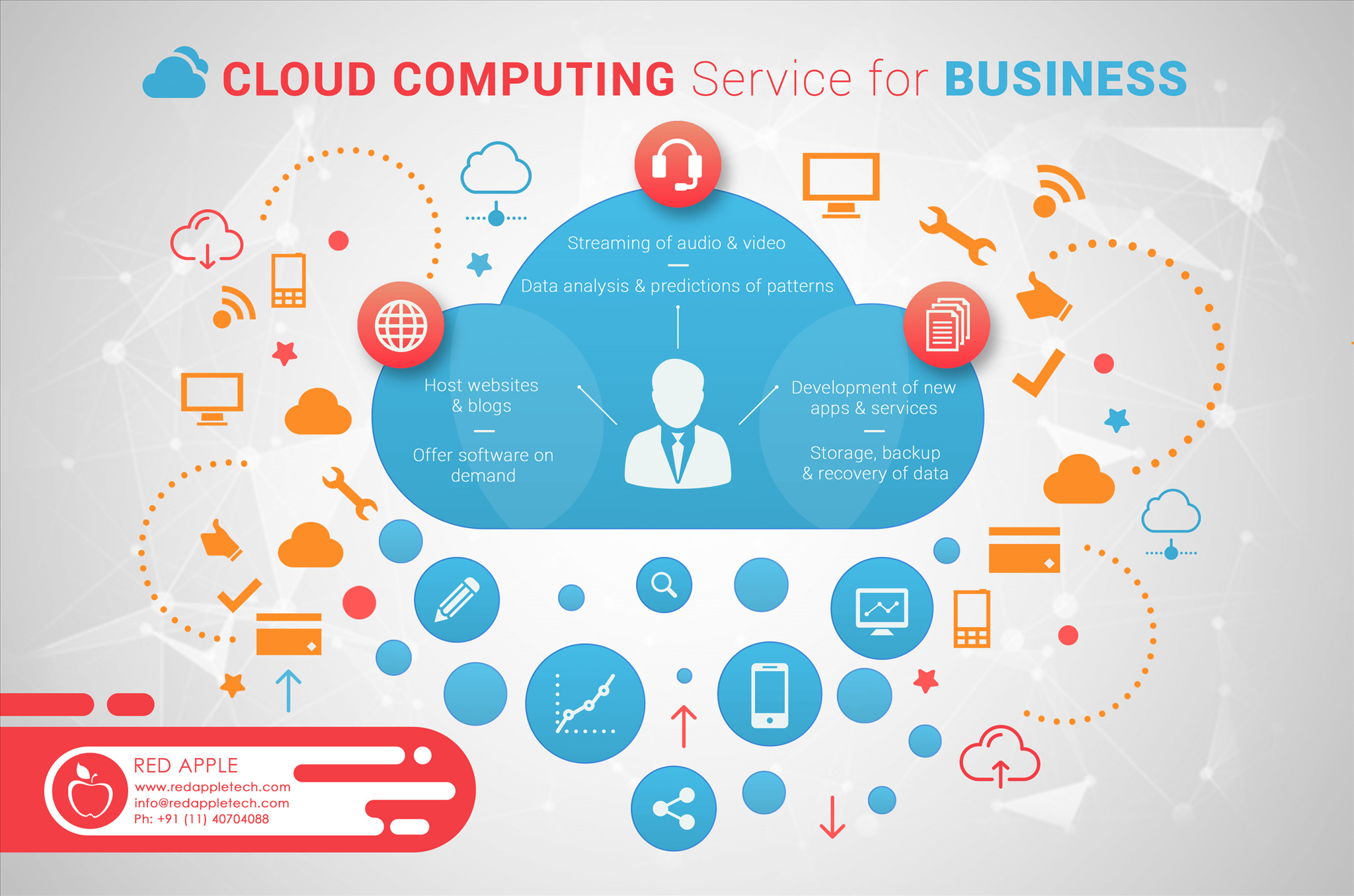Achieve Seamless Scalability With Cloud Provider
In the ever-evolving landscape of cloud services, achieving seamless scalability stands as a cornerstone for modern companies seeking to stay adaptable and affordable. The quest for smooth scalability with cloud solutions reveals a world of opportunities for those willing to accept the transformative power of dynamic resource monitoring.
Advantages of Cloud Scalability
Cloud scalability uses organizations the adaptability to dynamically change resources based upon demand, making certain ideal efficiency and cost performance. One crucial advantage is the capacity to range sources up or down promptly in reaction to fluctuating workloads. This agility allows organizations to fulfill changing customer requirements without over-provisioning resources, eventually bring about cost savings. Scalability likewise boosts efficiency by ensuring that systems can take care of enhanced website traffic or work without experiencing downtime or downturns. By successfully designating sources, companies can keep high levels of performance throughout peak times without unneeded costs during quieter periods. Furthermore, cloud scalability promotes technology and trial and error by permitting companies to conveniently test brand-new concepts and range them as required. This versatility urges a culture of continuous improvement and adjustment, allowing companies to stay affordable in a rapidly advancing market landscape. Eventually, the benefits of cloud scalability expand past cost savings to include better efficiency, agility, and innovation.
Secret Attributes for Scaling
Efficient scaling in cloud services depends on key features that allow companies to readjust resources dynamically based upon need. One important function for scaling is elasticity, enabling resources to scale up or down in response to rising and fall work. This makes certain that companies can meet efficiency demands without over-provisioning sources. Another crucial attribute is scalability, making it possible for systems to take care of raised work by adding resources flawlessly. This feature is important for suiting development without endangering efficiency. In addition, automation plays a crucial function in scaling by automating the provisioning and de-provisioning of resources based upon predefined policies. Automation reduces human treatment, enhances efficiency, and ensures quick feedback to changing needs. Surveillance and analytics tools are also vital for scaling, giving insights into resource utilization, performance metrics, and potential bottlenecks. These tools make it possible for companies to make educated choices and optimize source allowance for efficient scaling. Generally, these key attributes collectively encourage companies to attain smooth scalability in cloud services.
Applying Auto-Scaling Methods
To successfully optimize resource appropriation and adjust to varying work, companies need to strategically execute auto-scaling strategies in their cloud services framework. Auto-scaling permits systems to instantly change the variety of compute resources based on real-time need. There are different auto-scaling strategies that organizations can use, such as predictive scaling, which utilizes historic data to forecast future resource needs, and responsive scaling, which reacts to existing work adjustments.

Finest Practices for Scalability
For organizations intending to enhance their scalability in cloud services, implementing finest practices is critical for optimum performance and source administration. One key finest practice is making applications with a microservices style. This approach breaks down applications into smaller sized, independent solutions that can be deployed, updated, and scaled independently, allowing for better versatility and scalability.
Another vital technique is using containerization innovation, such as Docker or Kubernetes. Containers enable the packaging of applications and their dependences into separated systems, making it less complicated to scale components separately and release them consistently across different atmospheres.
Furthermore, executing automated deployment and framework as code (IaC) can streamline scalability initiatives (linkdaddy cloud services). Automation devices like Terraform or Ansible help in provisioning and handling sources efficiently, lowering hands-on errors and right here allowing fast scalability
Additionally, checking performance metrics, establishing notifies, and performing routine ability planning are important practices to guarantee positive scalability monitoring. By adhering to these finest methods, organizations can achieve smooth scalability in their cloud services while optimizing performance and source use.
Monitoring Efficiency Metrics
When evaluating the efficiency of cloud solutions scalability, very closely keeping track of performance metrics is important for guaranteeing ideal functionality and source appropriation. By continuously tracking key performance signs (KPIs) such as feedback times, throughput, resource, and latency use, organizations can gain useful understandings right into the health and wellness and effectiveness of their cloud infrastructure. Monitoring efficiency metrics allows for the very early discovery of potential bottlenecks or concerns that can influence scalability, enabling proactive steps to be required to resolve them before they escalate.

Final Thought
To conclude, attaining seamless scalability with cloud solutions is necessary for organizations to maximize efficiency, enhance innovation, and preserve high performance degrees during peak times. By leveraging the benefits of cloud scalability, applying auto-scaling strategies, utilizing key attributes such as flexibility and automation, and complying with best techniques like application layout and performance monitoring, businesses can successfully scale their systems while optimizing source usage and efficiency.
The mission for seamless scalability with cloud services unveils a world of opportunities for those prepared to embrace the transformative power of dynamic resource management.
Cloud scalability uses companies the flexibility to dynamically change resources based on need, guaranteeing ideal performance and price performance. One more vital feature is scalability, making it possible for systems to handle raised workload by adding resources website link seamlessly.For companies intending to boost their scalability in cloud services, implementing finest techniques is vital for ideal efficiency and source administration.When evaluating the performance of cloud solutions scalability, very closely keeping track click this of performance metrics is crucial for ensuring optimum capability and resource appropriation.